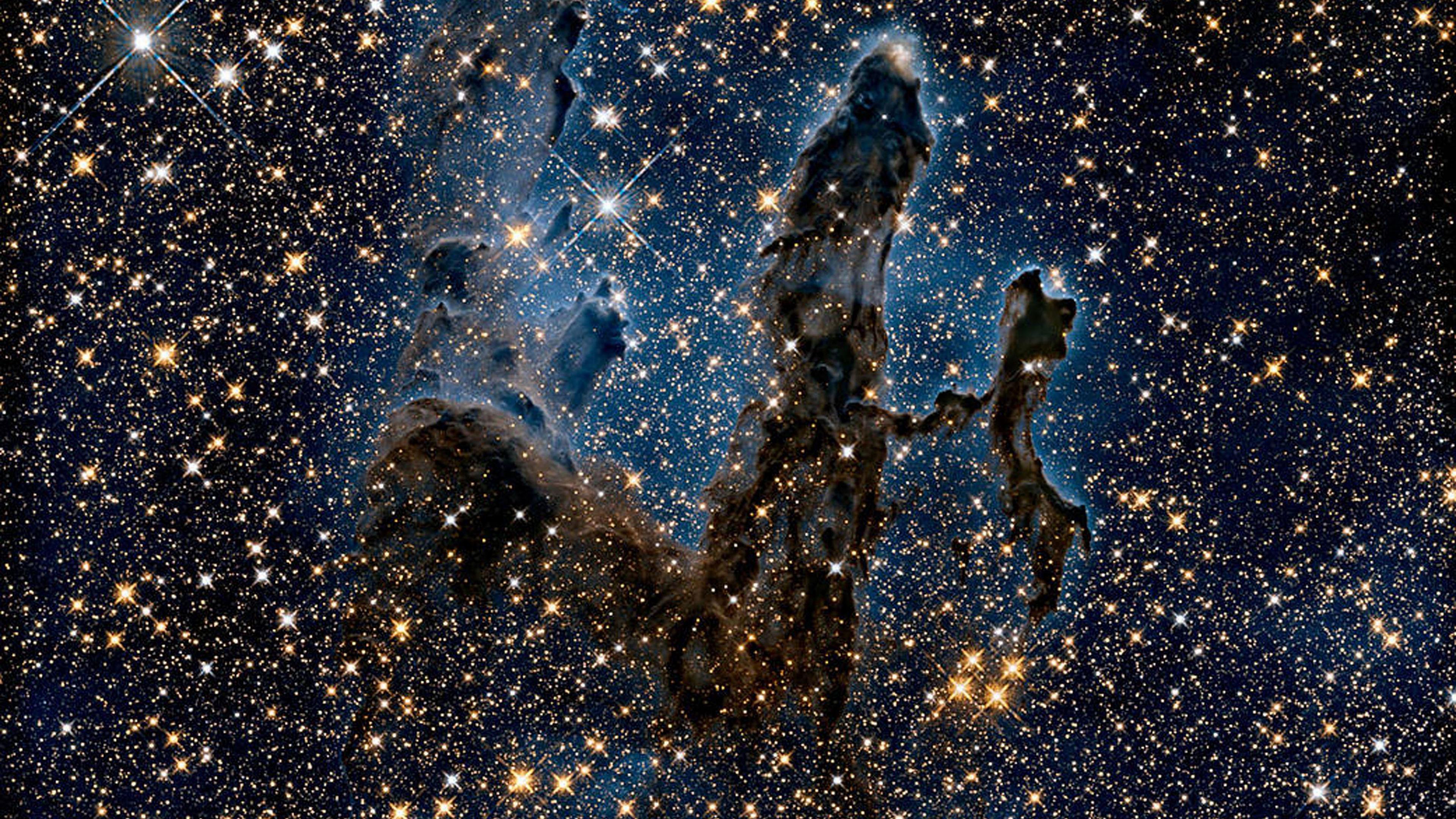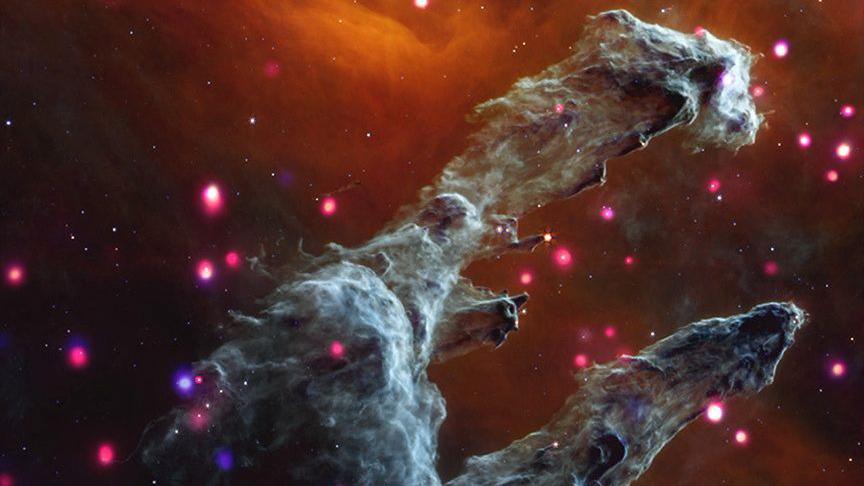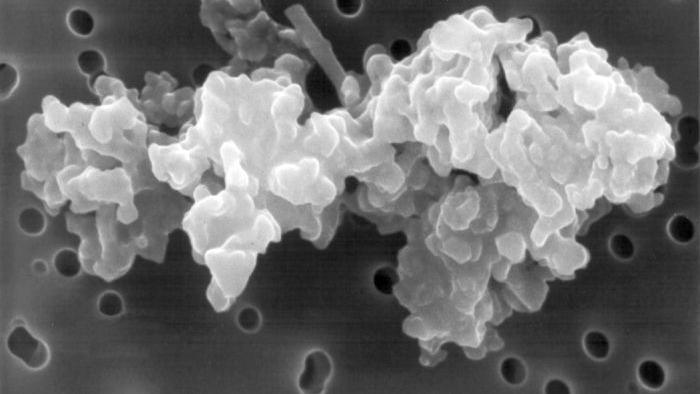Is space dust more like space sponge?

- Published
Space dust helps to form stars, planets and the chemical building blocks of life.
But recently an astronomy team from the UK, the USA, Germany, Japan and Spain have made an exciting new discovery about the dust, published in a journal called the Astronomy and Astrophysics Review.
The group of scientists believe that space dust is much spongier than we first thought.
Read on to find out more!
- Published16 September 2024
- Published19 September
- Published6 days ago
What is cosmic dust?

The Pillars of Creation is where new stars form within dense clouds of gas and dust
Cosmic dust is essential to the function of the universe.
It provides surfaces for chemical reactions and becomes part of planets. It influences how light travels through space.
It also plays a big part in star-forming regions like the Pillars of Creation, areas where huge clouds of space dust shelter stars whilst they form.
Why is sponginess in space dust important?

Spongey space grains
By looking through lots of previous studies and research, the team found clues about dust sponginess from different observations and space missions.
Their findings suggest that lots of dust grains in space are not tiny, compact rocks but instead, fluffy sponges.
That changes how much surface they have to help chemical reactions, how they stick together to form planets and how easily they can break apart.
Dr Alexey Potapov, the lead author of the research, says it "could radically change our understanding of how molecules form and evolve in space".
However, not all astronomers are convinced by the new evidence about space dust sponginess.
That's because they say that if cosmic dust was spongy, then it would make the dust grains too cold or fragile to match what telescopes have observed.
The astronomers and astrochemists behind this review say they need to do more laboratory work and modelling to learn more.
